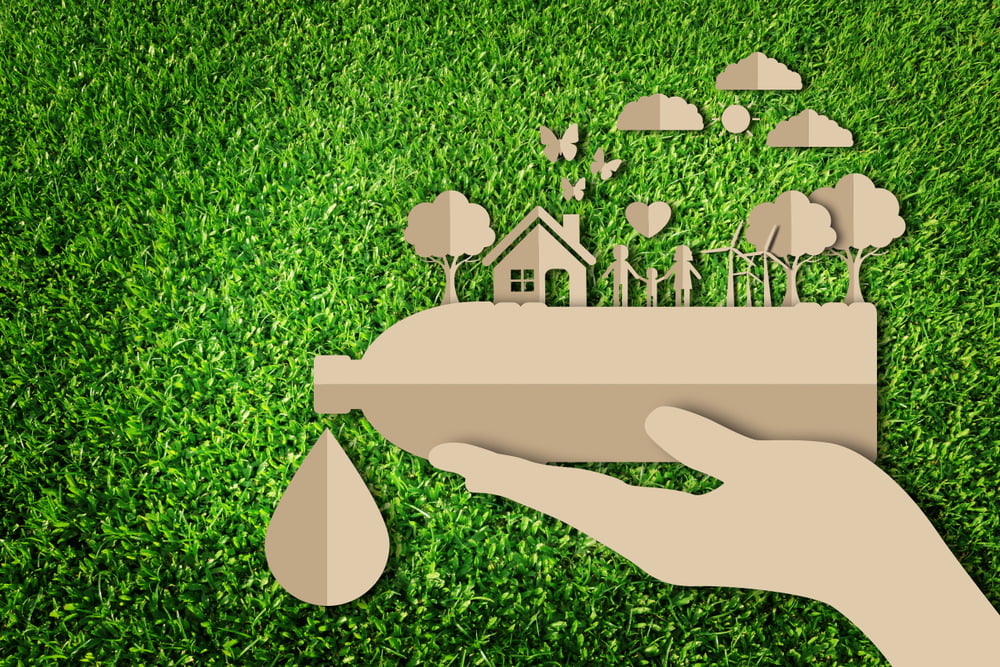Creating an eco-friendly home is no longer just a trend—it’s a necessity. With growing environmental concerns and rising energy costs, making sustainable choices in your living space can benefit both the planet and your wallet. An eco-friendly home reduces energy consumption, minimizes waste, and creates a healthier environment for you and your family. If you’re wondering where to start, here are practical steps to make your home more environmentally friendly.
1. Optimize Energy Efficiency

Energy efficiency is the foundation of an eco-friendly home. Simple adjustments can dramatically reduce your energy consumption. Begin by switching to energy-efficient appliances such as refrigerators, washing machines, and air conditioners that carry the ENERGY STAR label. These appliances consume less electricity while providing the same functionality.
Upgrading your lighting is another effective strategy. Replace traditional incandescent bulbs with LED or CFL bulbs. They use significantly less energy and have a longer lifespan, reducing waste and electricity bills. Additionally, installing a programmable thermostat allows you to control heating and cooling efficiently, minimizing unnecessary energy use.
2. Harness Renewable Energy
For a more sustainable approach, consider integrating renewable energy sources. Solar panels are a popular choice for homeowners looking to reduce reliance on fossil fuels. While the initial investment may be substantial, the long-term savings on electricity bills and potential government incentives make it worthwhile. Solar water heaters are another option to reduce energy consumption for daily chores.
If solar energy isn’t feasible, explore community-based renewable energy programs or purchase green energy from your local utility provider. Every step towards renewable energy reduces your home’s carbon footprint.
3. Water Conservation

Water is a precious resource, and conserving it is essential for an eco-friendly home. Installing low-flow faucets, showerheads, and dual-flush toilets can significantly reduce water consumption. Fixing leaks promptly and using water-efficient appliances also contribute to water conservation.
Consider collecting rainwater for outdoor use, such as watering plants or cleaning. Rain barrels are an easy and affordable way to make use of natural water sources while reducing dependence on municipal water systems. Additionally, landscaping with drought-resistant plants can minimize the need for frequent watering.
4. Reduce, Reuse, Recycle
Adopting the three Rs—reduce, reuse, and recycle—is crucial for sustainability. Start by minimizing single-use plastics and opting for reusable containers, shopping bags, and water bottles. When possible, buy products with minimal packaging or items made from recycled materials.
Reusing household items creatively can also reduce waste. For example, old jars can serve as storage containers, and worn-out clothing can be repurposed as cleaning rags. Setting up a recycling system at home ensures that materials such as paper, glass, and metals are disposed of responsibly.
5. Eco-Friendly Materials and Insulation
When building or renovating your home, choose eco-friendly materials. Bamboo, reclaimed wood, and recycled metal are sustainable alternatives to conventional construction materials. Opt for paints and finishes that are low in volatile organic compounds (VOCs) to improve indoor air quality.
Proper insulation is another critical factor in energy conservation. Insulating walls, roofs, and windows prevents heat loss in winter and keeps your home cooler in summer, reducing the need for heating and cooling systems. Energy-efficient windows, such as double-glazed or low-emissivity glass, further improve insulation while allowing natural light to enter your home.
6. Smart Home Technology

Modern technology can make eco-friendly living easier. Smart home devices like programmable thermostats, automated lighting, and energy monitors allow you to track and optimize energy usage. These tools help reduce wastage and create a more comfortable living environment without unnecessary energy consumption.
7. Sustainable Lifestyle Choices
An eco-friendly home is not just about the building; it’s also about lifestyle choices. Composting kitchen scraps reduces waste and provides natural fertilizer for plants. Growing your own vegetables and herbs promotes sustainable food practices. Reducing reliance on cars by walking, biking, or using public transport contributes to lowering your household’s carbon footprint.
Conclusion
Making your home eco-friendly doesn’t require a complete overhaul; even small changes can make a big difference. By focusing on energy efficiency, renewable energy, water conservation, sustainable materials, and eco-conscious habits, you can create a home that is not only environmentally responsible but also comfortable and cost-effective. The journey to a greener home benefits not only you but also future generations, creating a lasting positive impact on the planet.

